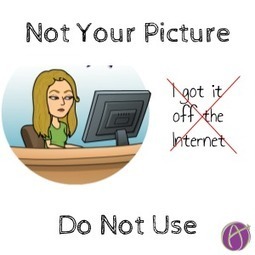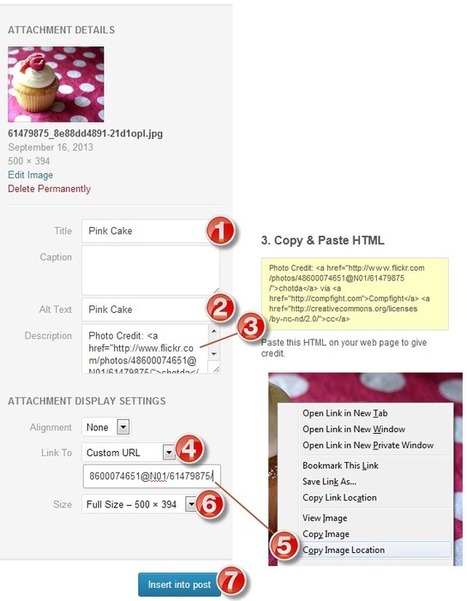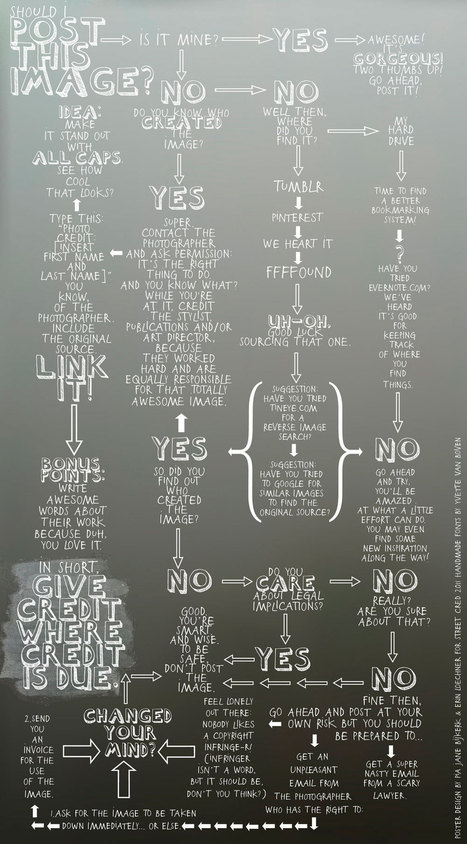"Using multimedia is part and parcel of students work in the classroom. Several classroom projects now include curating resources, using images and videos. However, the use of such media materials is regulated and does require complying by certain rules and guidelines. The wrong idea that many of our students hold about using media in class must change. They need to learn that something being accessible, downloadable and free does not mean it is ok to use it with no restrictions.
For instance, when using images and pictures from the web, students need to learn how to properly give credit to their owners. The graphic below is a wonderful flow chart created byddd to help teachers teach their students about how to properly credit images they use. Enjoy"
Via
John Evans



 Your new post is loading...
Your new post is loading...






![Can I Use That Picture? How to Legally Use Copyrighted Images [Infographic] | Strictly pedagogical | Scoop.it](https://img.scoop.it/7T4r4DqzPRPVY-1O9w7ODTl72eJkfbmt4t8yenImKBVvK0kTmF0xjctABnaLJIm9)








